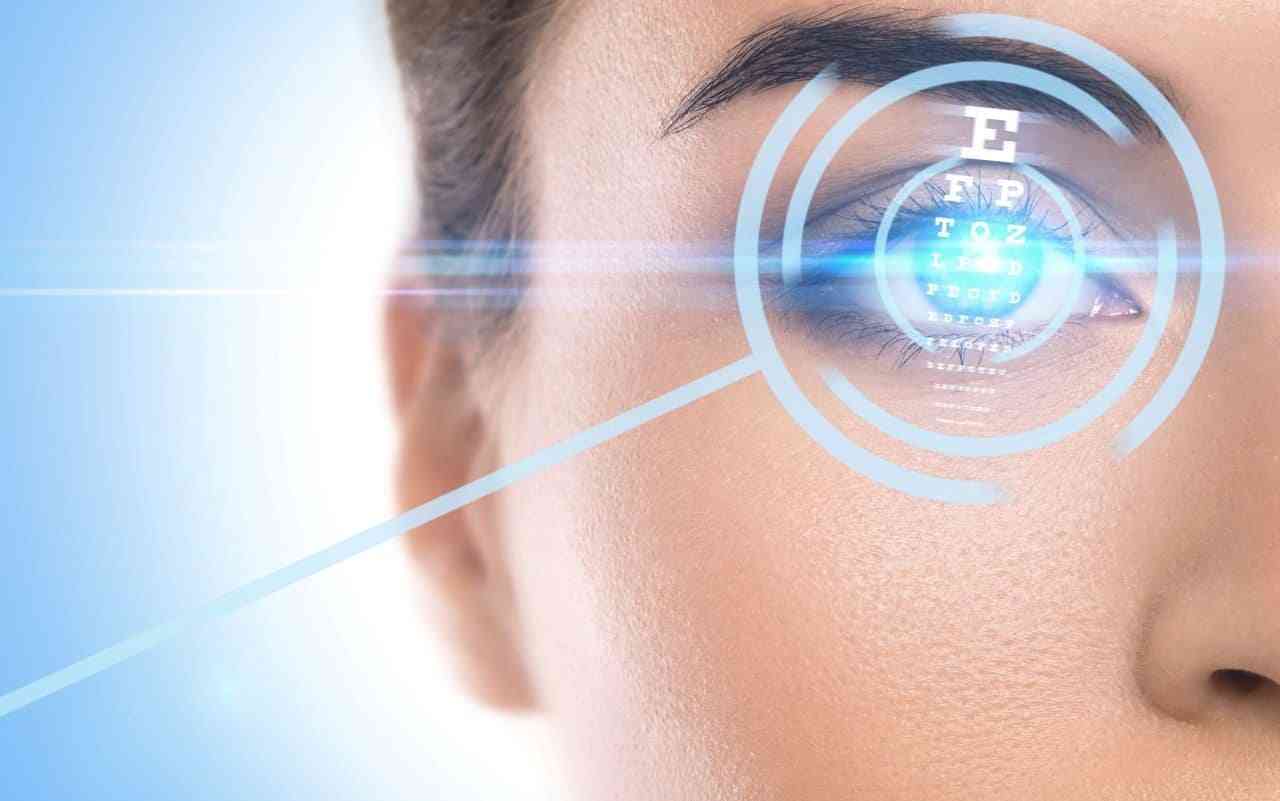LASIK surgery for amblyopia and myopia offers a life-changing solution for individuals with visual impairments. With the help of modern technology and medical advances, there is now an effective procedure that utilizes laser energy to correct your eyesight.
This blog post will explore the process of LASIK treatments for both myopia and amblyopia and discuss how you can benefit from this revolutionary treatment option when it comes to tackling issues with visual clarity!
From general information about these conditions all the way through considerations before undergoing the procedure, read on to find out more about how a LASIK operation could bring enhanced vision into your life.
Overview of Myopia and Amblyopia and Their Effect on Vision
Clear, sharp vision is integral to our daily lives. Unfortunately, millions of people worldwide experience visual impairments that impact their quality of life. Two common types of visual disturbances are myopia and amblyopia.
Myopia, or nearsightedness, is a condition in which distant objects appear blurry, while nearby objects remain in focus.
Amblyopia, commonly known as lazy eye, is a visual disorder that occurs when one eye is weaker than the other, affecting depth perception.
Both conditions can affect people of all ages, hindering daily activities such as driving or reading. However, thanks to LASIK, there is new hope for these conditions. LASIK, or Laser-Assisted In Situ Keratomileusis, is a surgical procedure that uses lasers to reshape the cornea, improving vision quality.
By correcting the irregularities in the shape of the eye, LASIK can treat myopia and amblyopia, significantly enhancing vision for millions of people.
Benefits of LASIK for Treating Myopia and Amblyopia
LASIK has emerged as a popular and effective solution for treating myopia and amblyopia, offering individuals the opportunity to achieve improved vision and a better quality of life.
With its advanced technology and precise surgical techniques, LASIK has proven to be a reliable and safe procedure for correcting refractive errors and addressing the visual challenges associated with myopia and amblyopia. Benefits:
- Improved vision: LASIK corrects myopia and amblyopia, resulting in clearer and sharper vision.
- Reduced dependence on eyewear: LASIK reduces reliance on glasses or contacts, enhancing convenience and lifestyle.
- Enhanced visual acuity: LASIK improves visual acuity, promoting better visual development and function for amblyopia.
- Long-lasting results: LASIK provides stable vision correction for many years.
- Quick recovery: LASIK has a fast recovery process and minimal downtime, allowing a swift return to daily activities.
LASIK has revolutionized the field of vision correction by providing a reliable and effective treatment option for myopia and amblyopia.
The benefits of LASIK, such as improved vision, reduced dependence on eyewear, enhanced visual acuity, long-lasting results, and quick recovery, make it an appealing choice for individuals seeking a long-term solution to their vision challenges.
By opting for LASIK, individuals can enjoy the freedom of clear and sharp vision, leading to a more fulfilling and active lifestyle.
What to Expect From a LASIK Procedure
If you're tired of relying on glasses or contacts for clear vision, you may be wondering when you can get LASIK. LASIK is a safe and effective procedure that can provide a long-term solution to your vision problems.
Whether you're looking to correct myopia or amblyopia, LASIK can help. The procedure involves using a laser to reshape the cornea, which can correct vision problems caused by a misshapen cornea.
During the procedure, you can expect to feel minimal discomfort, and the entire process usually takes less than half an hour. Afterward, you will need some downtime to allow your eyes to heal, but most patients experience a significant improvement in their vision within a few days.
If you're looking to enhance your vision and improve your quality of life, LASIK may be the solution you've been searching for.
Preparation Before Undergoing the Procedure
If you're considering LASIK to improve your vision, there are several things to consider before the procedure. Firstly, you'll need to schedule a consultation with a best LASIK surgeon in Chicago to discuss your case and determine if LASIK is right for you.
Additionally, you'll need to prepare yourself physically and mentally for the surgery. To ensure your comfort and safety during the procedure, you may be advised to avoid wearing contact lenses for a period before surgery and to abstain from alcohol and smoking in the lead-up to the procedure.
It's also important to inform your surgeon of any medical conditions or medications you're taking, as these may affect the success of the procedure.
With careful preparation and the guidance of a skilled surgeon, LASIK can be a transformative treatment for individuals with myopia or amblyopia.
Post-Procedure Care and Maintenance
LASIK has proven to be an effective treatment for myopia and amblyopia, offering individuals the opportunity to enhance their vision and improve their quality of life. However, the success of the procedure relies not only on the surgical intervention itself but also on the post-procedure care and maintenance. Here are some important aspects to consider for optimal results:
- Follow your surgeon's instructions: Your surgeon will provide specific guidelines on post-operative care, including the use of prescribed medications, eye drops, and protective measures. It is crucial to adhere to these instructions to promote proper healing and minimize any potential complications.
- Attend follow-up appointments: Regular follow-up appointments with your surgeon are essential to monitor your progress and address any concerns or questions you may have. These appointments allow for close observation of your healing process and ensure that your vision is stabilizing as expected.
- Protect your eyes: It is important to protect your eyes from potential irritants, such as dust, debris, or bright sunlight, during the healing process. Wearing sunglasses and avoiding activities that could strain or damage your eyes, such as heavy lifting or contact sports, can help safeguard your vision.
- Maintain good eye hygiene: Proper eye hygiene is crucial after LASIK. Avoid rubbing your eyes excessively and make sure to clean them gently as instructed by your surgeon. Additionally, avoid swimming or exposing your eyes to excessive moisture for the recommended duration provided by your surgeon.
- Attend routine eye exams: Regular eye exams with an optometrist or ophthalmologist are important to monitor your vision and overall eye health. These exams can detect any changes or issues that may require further attention and ensure that your vision remains stable and optimal.
By following these post-procedure care and maintenance tips, you can maximize the benefits of LASIK for myopia and amblyopia treatment and enjoy long-lasting improved vision. Remember to consult with your eye care professional for personalized advice and guidance throughout your LASIK journey.
Conclusion
LASIK can be a great way to enhance your vision. Whether you are suffering from nearsightedness, farsightedness, or amblyopia, it offers an excellent opportunity to reduce the effects of these conditions and improve your eyesight.
The surgery is fast, safe, and incredibly effective with long-lasting results that can enhance both the physical aspects as well as the mental aspects of life. As modern technology continues to advance and progress in this area, LASIK is increasingly becoming an excellent choice for people who want to maintain clear vision correction without needing glasses or contacts. By correcting your myopia and amblyopia, you will be able to enjoy a normal life again, effectively reversing visual impairments due to these conditions.
With LASIK, you can achieve clear vision once more and get back on track with day-to-day activities that require good eyesight.
Image via Deposit Photos
Follow me down the rabbit hole!
I'm Alice and I live with a dizzying assortment of invisible disabilities, including ADHD and fibromyalgia. I write to raise awareness and end the stigma surrounding mental and chronic illnesses of all kinds.








